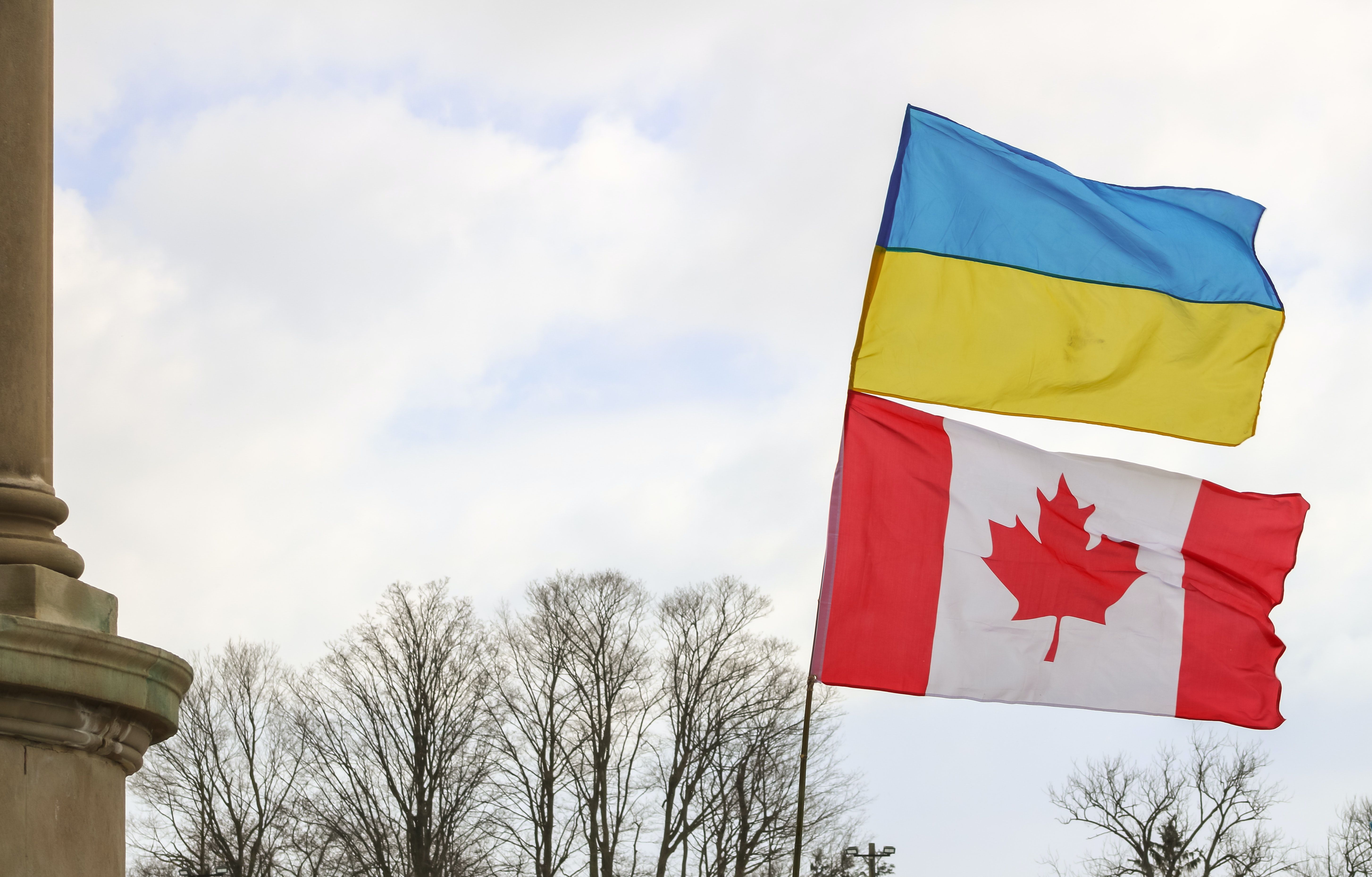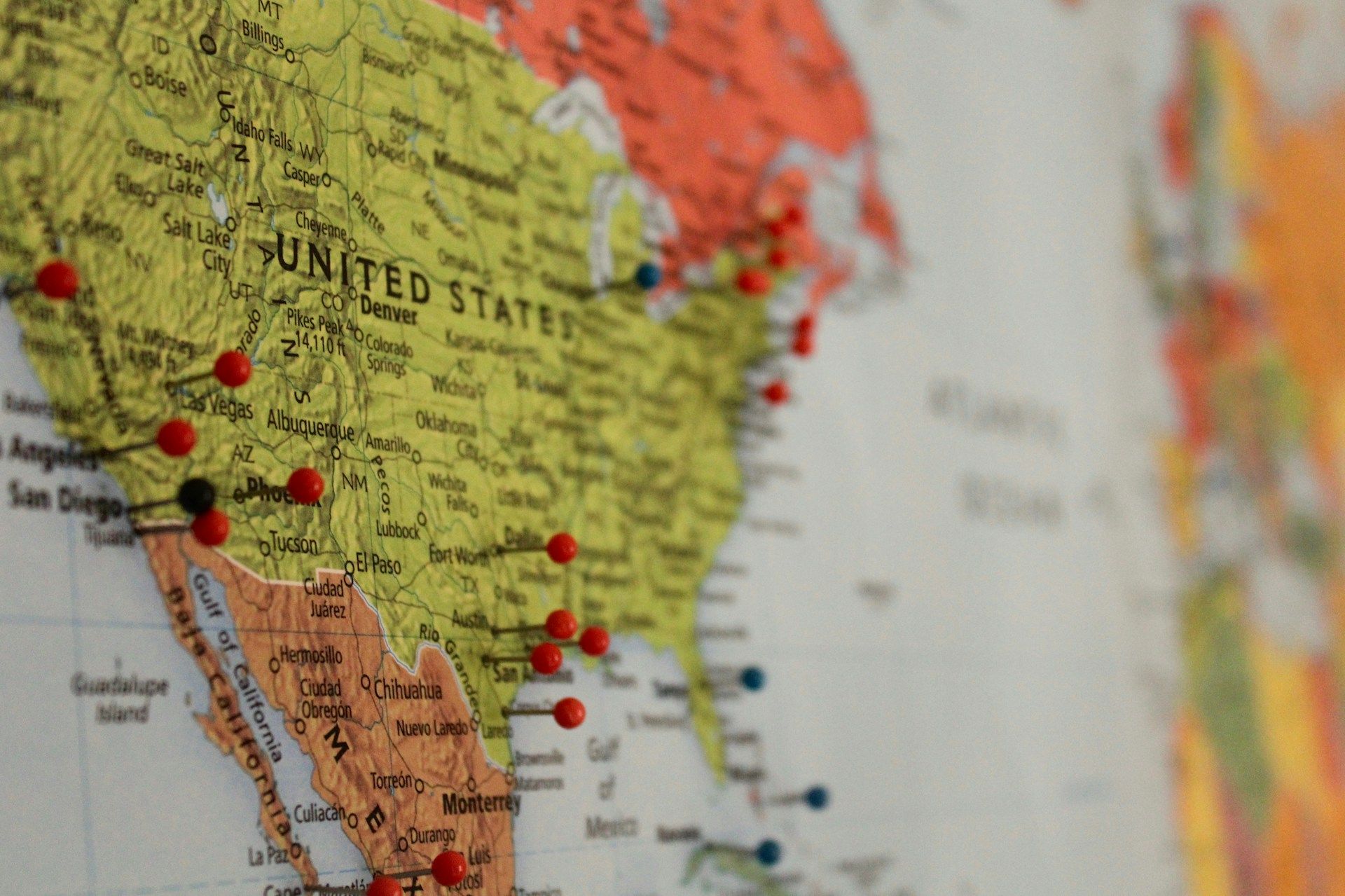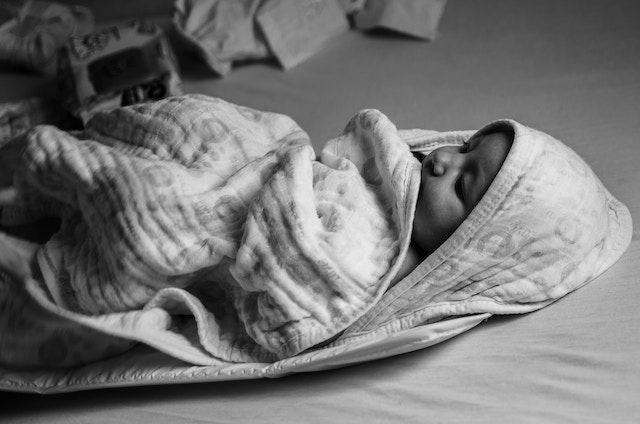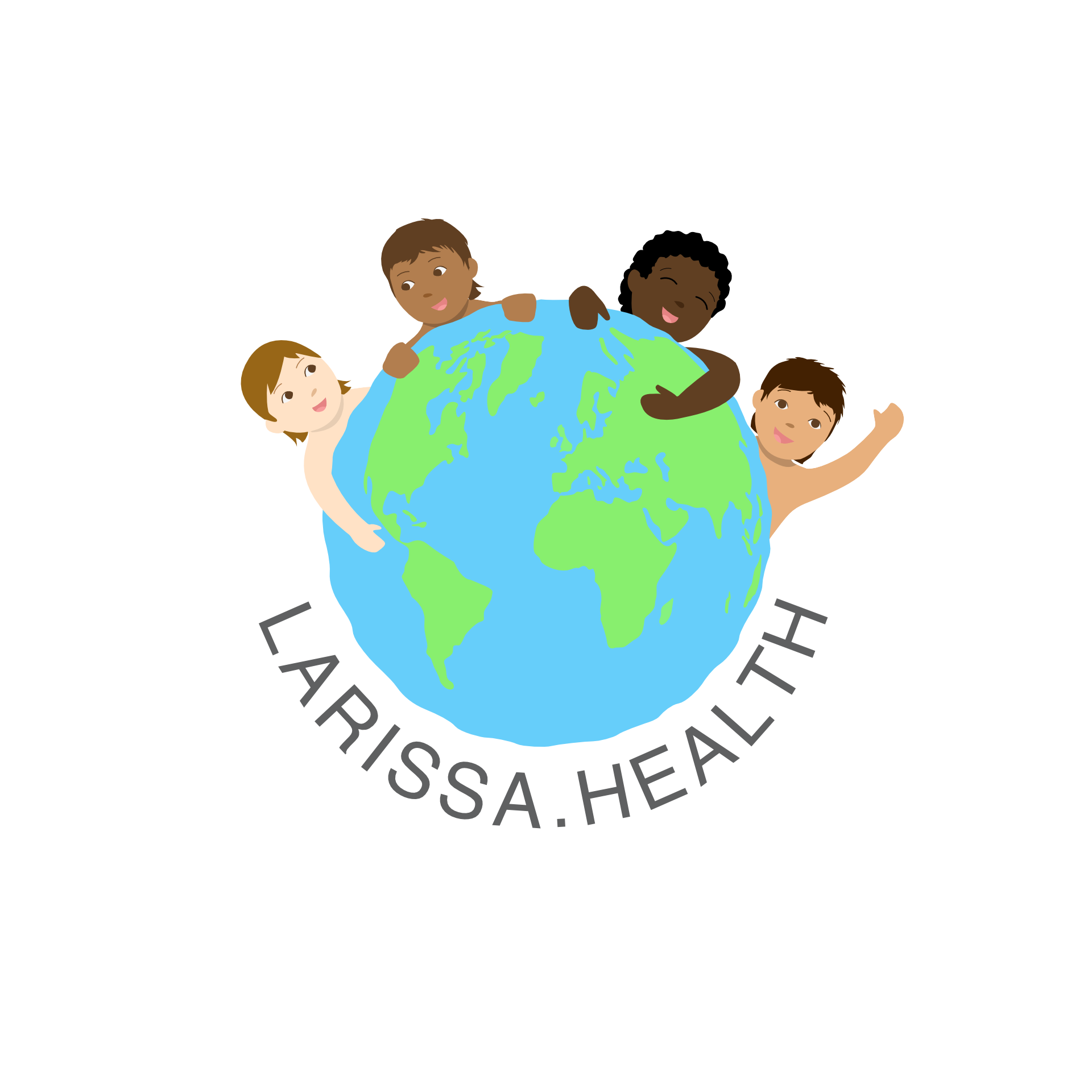Ukrainian midwives seek training from canadians for births in bomb shelter
Midwives in Ukraine are seeking training from Canada on how to safely deliver babies outside of hospitals, including in bomb shelters, where many women are forced to give birth.
As war continues to ravage Ukraine, families living in regions under the constant threat of missile attacks face a challenging situation when it comes to childbirth. While hospitals offer some safety, they are also prime targets for bombing, making it dangerous to give birth in such facilities. As a result, midwives in Ukraine have called for the option to offer home births or, in this case, giving birth in a bomb shelter, but current regulations do not permit midwives to deliver outside of the hospital.
This is where Canadian midwife Betty-Anne Daviss comes in. She has been travelling back and forth between Canada and Ukraine since the war began to train midwives on delivering babies outside of a hospital setting. The Ukrainian Association of Midwives was officially formed late last year at the urging of Daviss, and last Friday, she provided the first training to a group of 30 midwives in a remote village in the Carpathian Mountains.
 Photo by Kedar Gadge
Photo by Kedar Gadge
In Ukraine, midwives are regulated but are only allowed to attend births in hospitals. The lack of permission to do home births or births in bomb shelters has left midwives in a difficult position. Some women are unable or unwilling to go to the hospital, while others are worried that hospitals are unsafe, given the risk of bombing. Midwives have had to make difficult decisions on what to do in these situations.
Daviss has been training midwives on what to do in cases of postpartum hemorrhage, delivering babies outside of the hospital, dealing with a baby in a difficult position, delivering twins, and resuscitating a baby that is not breathing. She has also taught them skills of a more political nature, such as how to lobby their government for more leeway and professional recognition.
In Canada, midwives have been regulated for 30 years, and this has led to an increase in the number of midwives from roughly 60 in 1994 to 1,700 in 2019. More provinces have followed Ontario's lead in regulating midwives, making it easier for women to choose home births. Daviss hopes that the same could happen in Ukraine, where midwives want to work within the system rather than outside of it.
For Olena Boiko, a mother in Lviv, the ability to have a midwife with her in a bomb shelter during childbirth is essential, given the situation in Ukraine. Boiko and her husband were shocked when nurses wheeled her into the basement bomb shelter while she was in labor to give birth to their first child. She had no choice in the matter and was assured by her doctors that she would be able to have her baby in the bomb shelter if necessary.
Boiko prefers the medical security of a hospital and would not have chosen a home birth for herself. However, for many women in Ukraine, home births may be the only viable option given the current situation. With the help of midwives who are trained to deliver babies outside of a hospital setting, women in Ukraine will have the option of giving birth safely in their homes or in bomb shelters if necessary.
As the war in Ukraine continues, the need for midwives to be trained in delivering babies outside of a hospital setting has become increasingly important. With the help of midwives like Betty-Anne Daviss, midwives in Ukraine can now offer women the option of giving birth in a safe and comfortable environment. The hope is that Ukraine will follow Canada's lead and regulate midwives, making it easier for women to choose where they want to give birth.
Source: ctv News





